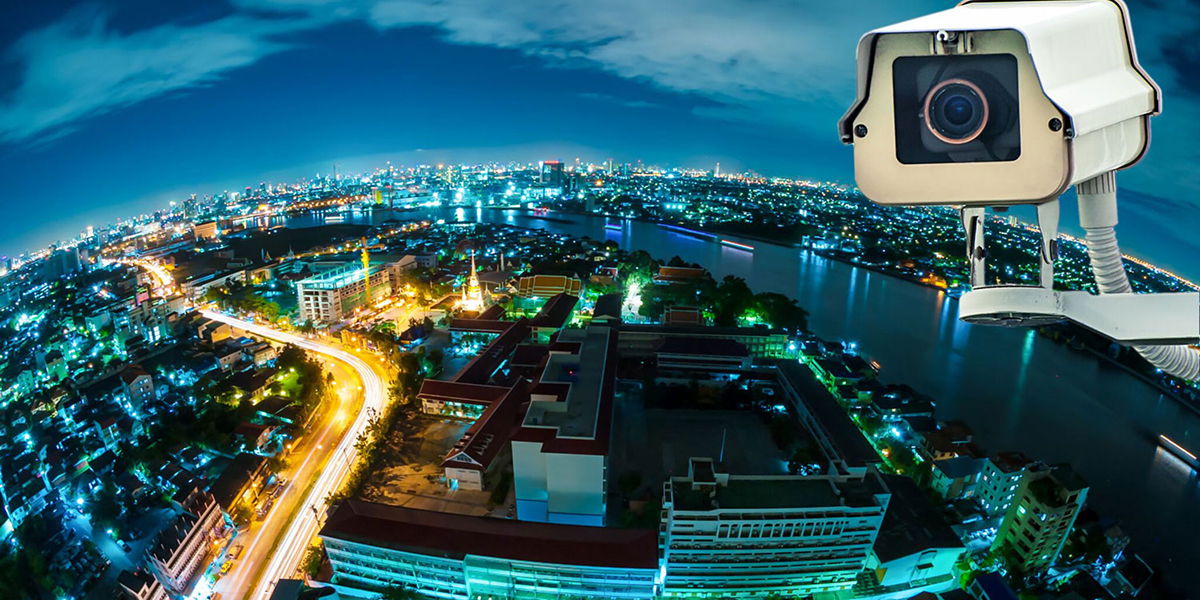In today’s increasingly digital world, connectivity has become a powerful tool in enhancing public safety, particularly when it comes to engaging with communities. By leveraging modern technology, public safety agencies can build stronger relationships with the public, promote transparency, and empower citizens to take an active role in keeping their communities safe. In this article, we explore how improved connectivity leads to better community engagement and stronger public safety outcomes.
Real-Time Communication with the Public
One of the most significant benefits of enhanced connectivity is the ability for public safety agencies to communicate with the public in real-time. Social media platforms, mobile apps, and text alerts provide immediate access to critical information, enabling citizens to stay informed about emergencies, safety protocols, and ongoing risks.
This rapid communication builds trust, as the public is kept in the loop during crises. Whether it’s issuing warnings about road closures, extreme weather, or local incidents, real-time updates help people make informed decisions to protect themselves and their families.
Empowering Citizens with Information
Connectivity not only facilitates communication from public safety agencies but also empowers citizens to report incidents and concerns directly. With the rise of mobile apps and online platforms, members of the public can now alert authorities to potential threats, suspicious activities, or emergencies in their local areas.
This two-way communication strengthens the relationship between communities and public safety professionals. It encourages a proactive approach to safety, where citizens can play an active role in maintaining the security of their neighbourhoods. In turn, public safety agencies gain valuable insights and can respond more efficiently to local needs.
Building Trust Through Transparency
Public trust in safety agencies is crucial, and modern connectivity offers new ways to build and maintain that trust. Through social media updates, live broadcasts, and public forums, authorities can keep the public informed not just during emergencies but also in the day-to-day efforts to keep communities safe.
Regular updates about local policing activities, crime statistics, or safety campaigns help to demystify the work of public safety agencies. This transparency fosters a sense of collaboration and mutual respect between citizens and safety professionals, encouraging community members to actively support safety initiatives.
Increased Access to Safety Resources
Connectivity expands access to public safety resources in ways that were previously impossible. Mobile apps and websites now offer instant access to safety information, such as crime prevention tips, emergency contact details, and even mental health support services.
This ease of access ensures that critical safety resources are available to everyone, regardless of their location or personal circumstances. By breaking down barriers to information, public safety agencies can reach more people and promote safer practices within the community.
Engaging the Next Generation
For younger generations, connectivity is a way of life, and public safety agencies are increasingly tapping into digital platforms to engage with this demographic. Whether it’s through interactive social media campaigns, educational content on platforms like YouTube, or gamified safety apps, public safety messages are being delivered in ways that resonate with younger audiences.
This engagement is vital for fostering long-term public safety. By instilling safety awareness from a young age, communities are empowered to grow into safer, more vigilant environments where young people play an active role in promoting well-being.
Facilitating Community Policing
Connectivity also enhances the effectiveness of community policing, where officers work closely with local residents to solve problems and prevent crime. With digital tools like online surveys, community forums, and neighbourhood apps, police forces can gather input from citizens about their concerns, priorities, and perceptions of safety.
This feedback loop allows public safety agencies to tailor their efforts to the specific needs of each community, improving responsiveness and creating more meaningful partnerships between law enforcement and the public. Community policing strengthens trust, reduces crime, and ensures that safety measures are more aligned with the community’s unique needs.
Crisis Management and Recovery
In the wake of an emergency, effective communication and community engagement are vital for recovery efforts. Connectivity enables public safety agencies to disseminate important information quickly, helping communities to navigate the aftermath of a crisis.
Whether it’s providing guidance on evacuation routes, setting up support services for those affected, or offering updates on ongoing recovery efforts, timely communication helps restore order and safety in communities. Citizens can also use digital platforms to request assistance, report damage, or access recovery resources.
Conclusion
Improved connectivity has fundamentally transformed how public safety agencies engage with communities. From real-time communication and transparency to empowering citizens and building trust, modern technology enables public safety professionals to connect with the public like never before. As connectivity continues to advance, so too will the opportunities for even stronger, more engaged, and safer communities.
#PublicSafety #CommunityEngagement #Connectivity #RealTimeCommunication #SafetyTech #SmartCities #DigitalPolicing #CrisisManagement #CitizenEmpowerment #StrongerCommunities
